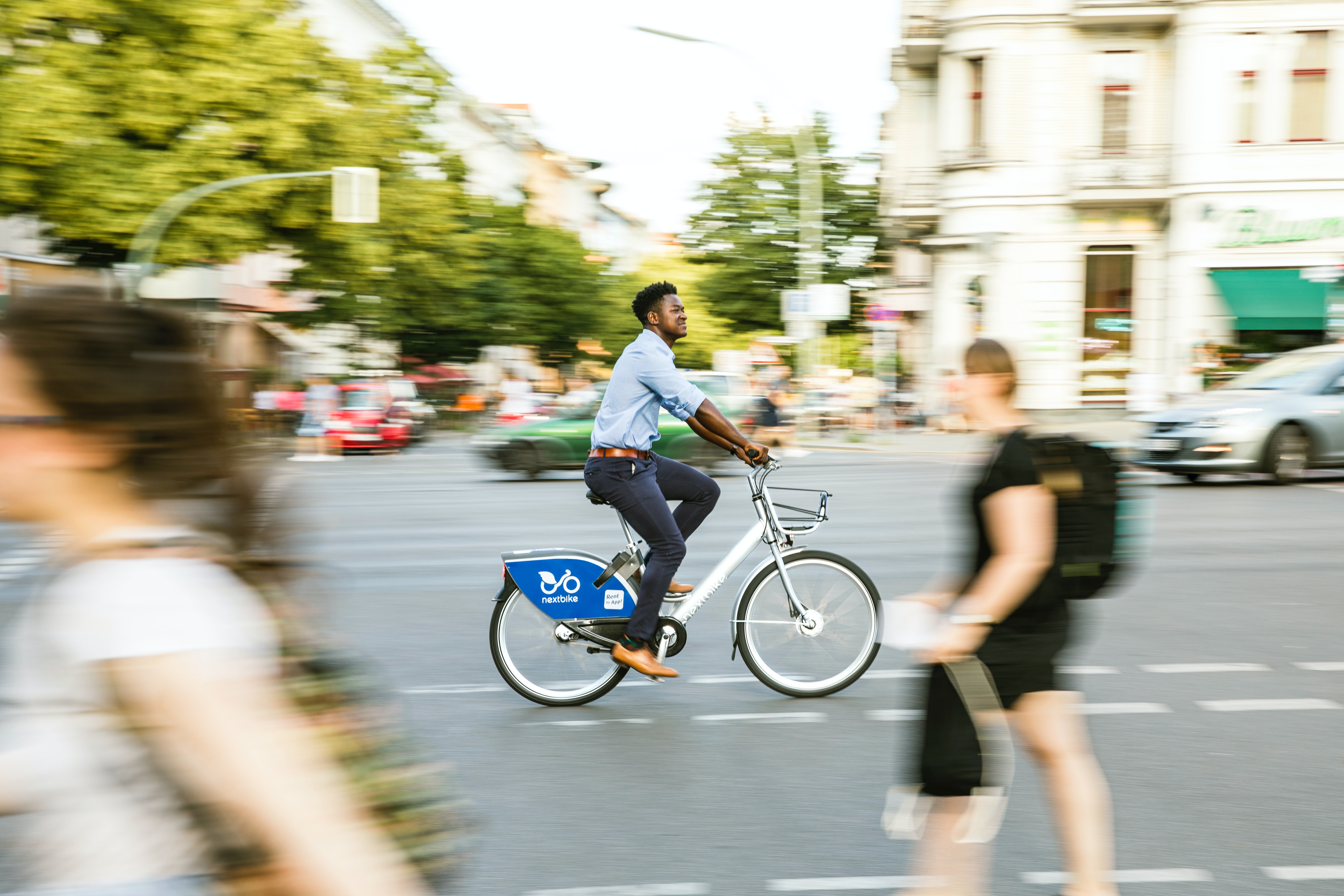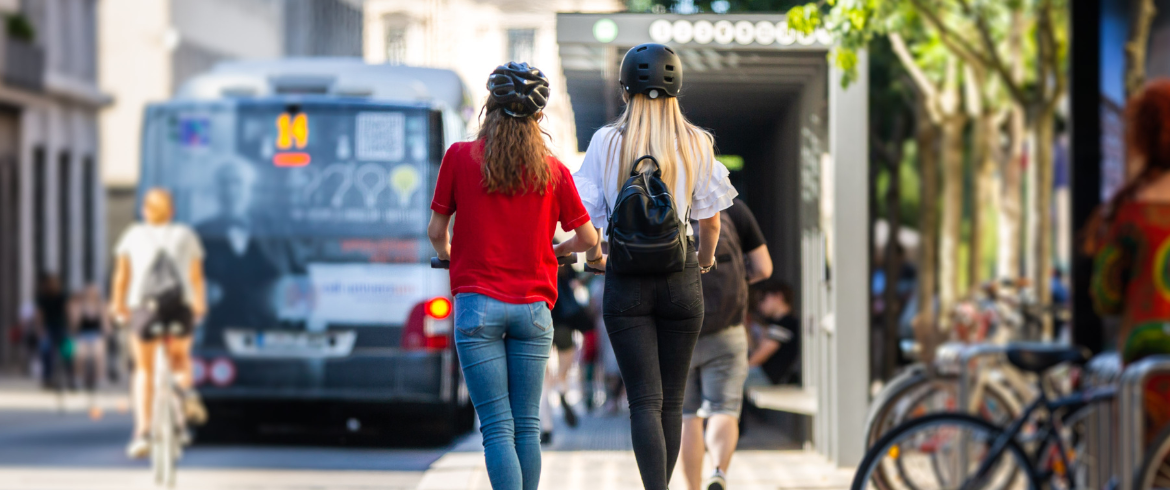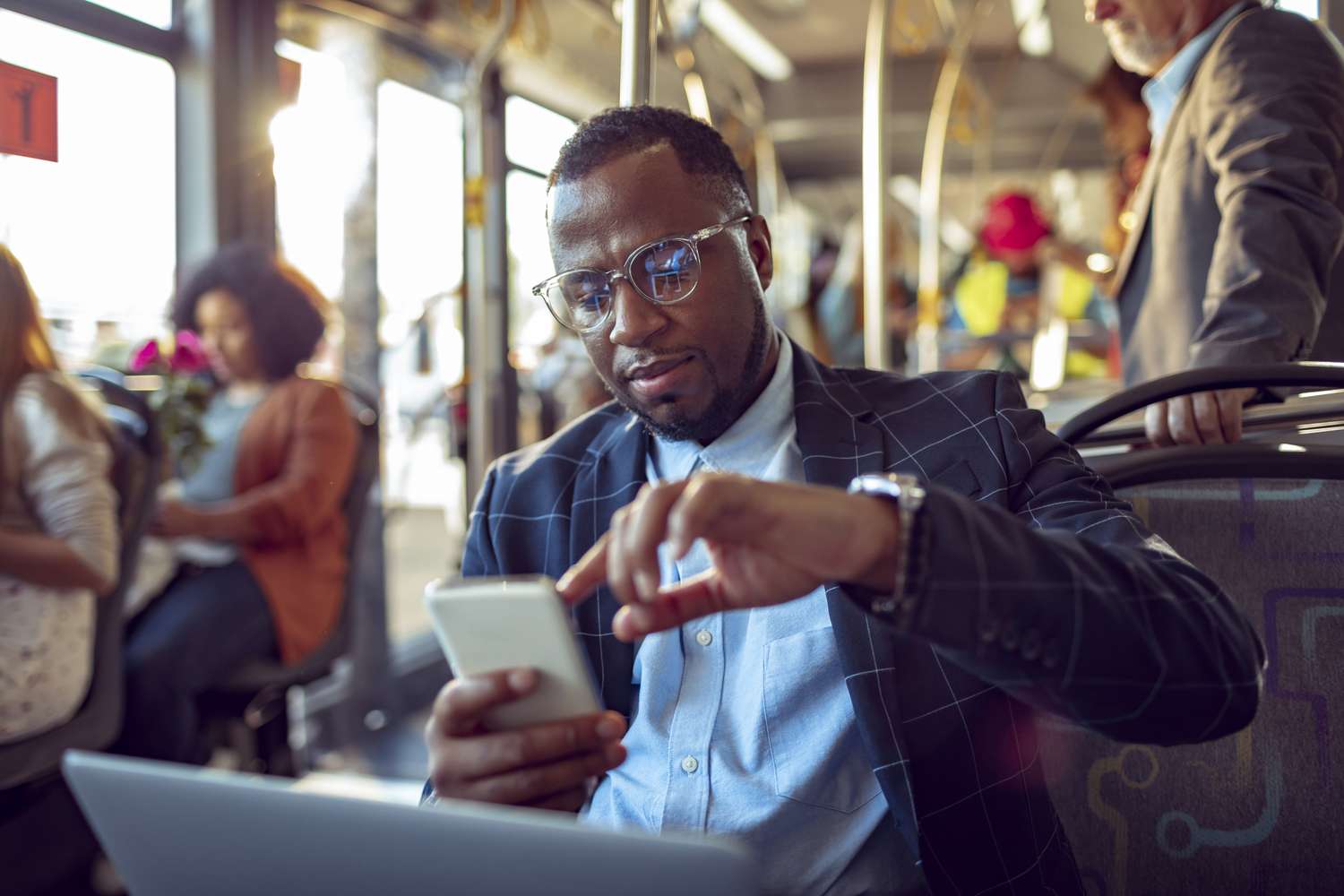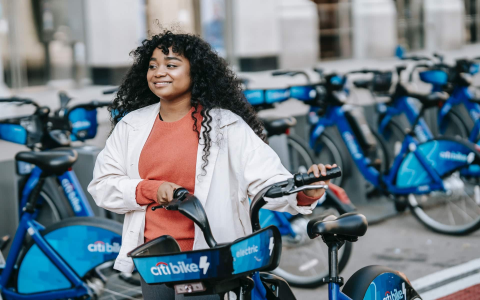So, I wanted to chat a bit about this whole low-carbon travel thing in cities. It’s something I’ve been trying to get a grip on myself, not because I’m some super eco-warrior, but mostly because, well, city traffic and the usual ways of getting around were just grinding me down. Seriously, it was a nightmare.

My Starting Point: Just Fed Up
Honestly, my journey into this didn’t start with a grand plan. I was just tired. Tired of being stuck in traffic, breathing in fumes, and the constant stress of finding parking or cramming onto super packed trains during rush hour. It felt like I was spending half my life just moving from A to B, and not in a good way. My car, which I once thought was a symbol of freedom, started feeling like a very expensive, very polluting metal box I was often trapped in.
First Steps: Tentative Changes
I started small. Like, really small. I live in a place where things are reasonably close if you actually look at a map. So, my first change was deciding to walk for any trip I figured was less than, say, 20 minutes on foot. I know, groundbreaking, right? But you’d be surprised how often I would have just hopped in the car for something that was barely a mile away.
What I did was:
- Checked distances: Before automatically reaching for car keys, I’d quickly check Maps on my phone. Often, I was surprised how short the walk actually was.
- Packed light: If I was walking, I made sure I wasn’t lugging a ton of stuff. A good backpack became my best friend.
- Embraced the elements (mostly): Got a decent raincoat and umbrella. Though, I’ll admit, on really miserable days, the old habits sometimes tried to creep back in.
The biggest surprise? I actually started to enjoy it. I noticed little shops I’d never seen, parks, interesting street art. It was like discovering my own city again, but on a different level. Plus, I was getting some exercise without even trying.
Upping the Ante: Enter the Bicycle
After getting comfortable with walking more, I remembered I had an old bicycle gathering dust in the shed. I thought, why not? So, I dragged it out, pumped up the tires, oiled the chain – the whole shebang. Getting back on a bike after years was… an experience. A bit wobbly at first, I won’t lie.

My process here involved:
- Finding safe routes: This was key. I spent some time figuring out streets with bike lanes or just less crazy traffic. Sometimes this meant a slightly longer route, but way less stressful.
- Getting basic gear: A helmet, obviously. And some lights, because being visible is pretty important.
- Starting with short rides: Just to the local shop, then maybe to a friend’s place a bit further out.
The bike really opened things up. Suddenly, places that were a bit too far to walk but a hassle to drive to became super accessible. And the feeling of whizzing past stationary traffic? Priceless. Seriously, it’s a small joy, but it’s a good one. I wasn’t breaking any speed records, just enjoying the ride.
Tackling Public Transport (Again)
Now, public transport. I’d always used it sporadically, usually with a sigh. But I decided to give it a more serious go, especially for longer distances where cycling wasn’t practical or if the weather was awful. I tried to be smarter about it.
What I focused on:
- Planning ahead: Using transport apps to check real-time arrivals. This cut down a lot of aimless waiting at bus stops.
- Traveling off-peak when possible: This made a huge difference to comfort levels. Not always doable, but when it was, it was great.
- Combining it: Sometimes I’d cycle to a train station further out where parking my bike was easier, then take the train into the really congested city center.
It’s still not perfect, let’s be real. Buses can get stuck in the same traffic as cars, and sometimes trains are delayed. But I found that with a bit of planning, and by managing my own expectations, it became a much more viable option. Plus, I could read or listen to podcasts, which you definitely can’t do when you’re driving.

The Real Deal: What It’s Actually Like
So, after doing this for a while, I can say it’s a mixed bag, but mostly positive. It’s not about being a purist. Some days, if I have to transport something big or the weather is truly apocalyptic, I’ll still use the car. But those days are much, much rarer now.
The biggest change has been my mindset. I don’t automatically assume “car” anymore. I think about the journey, the distance, the weather, and what makes the most sense – not just for speed, but for my own sanity and, yeah, for cutting down on my carbon footprint a bit too.
It’s made me feel more connected to my city, healthier, and honestly, a bit less stressed. It took a conscious effort to break old habits, and it wasn’t always smooth sailing, but I’m glad I made the shift. It’s an ongoing process, really. Still learning, still adapting.










